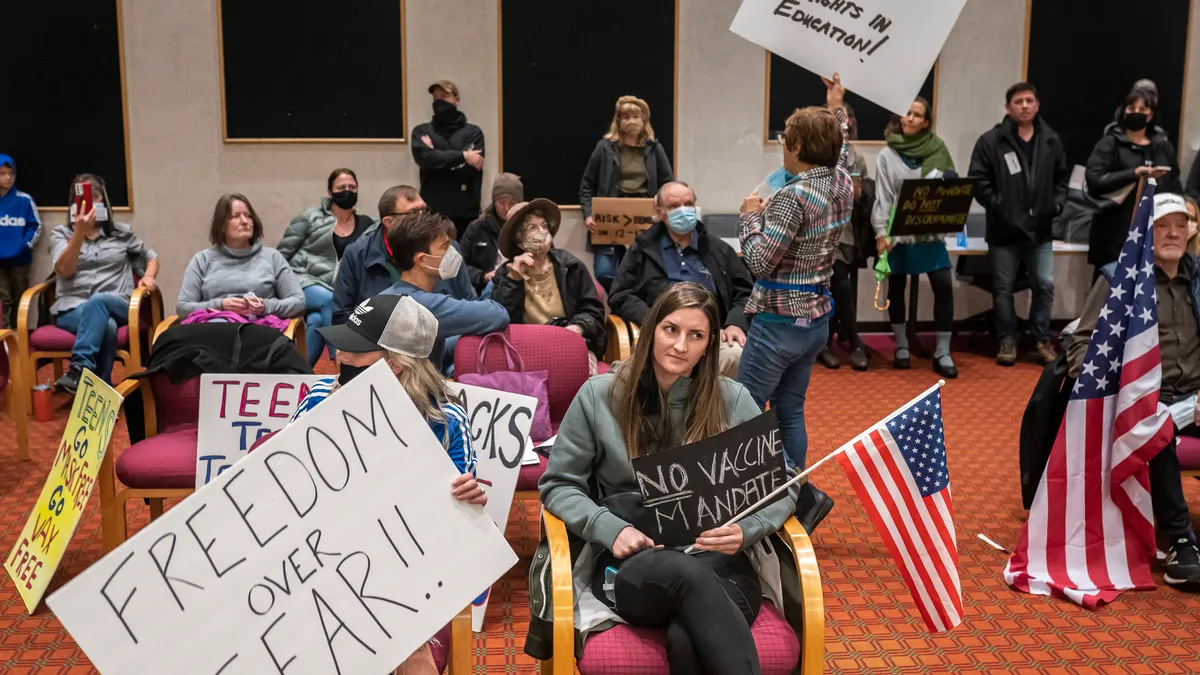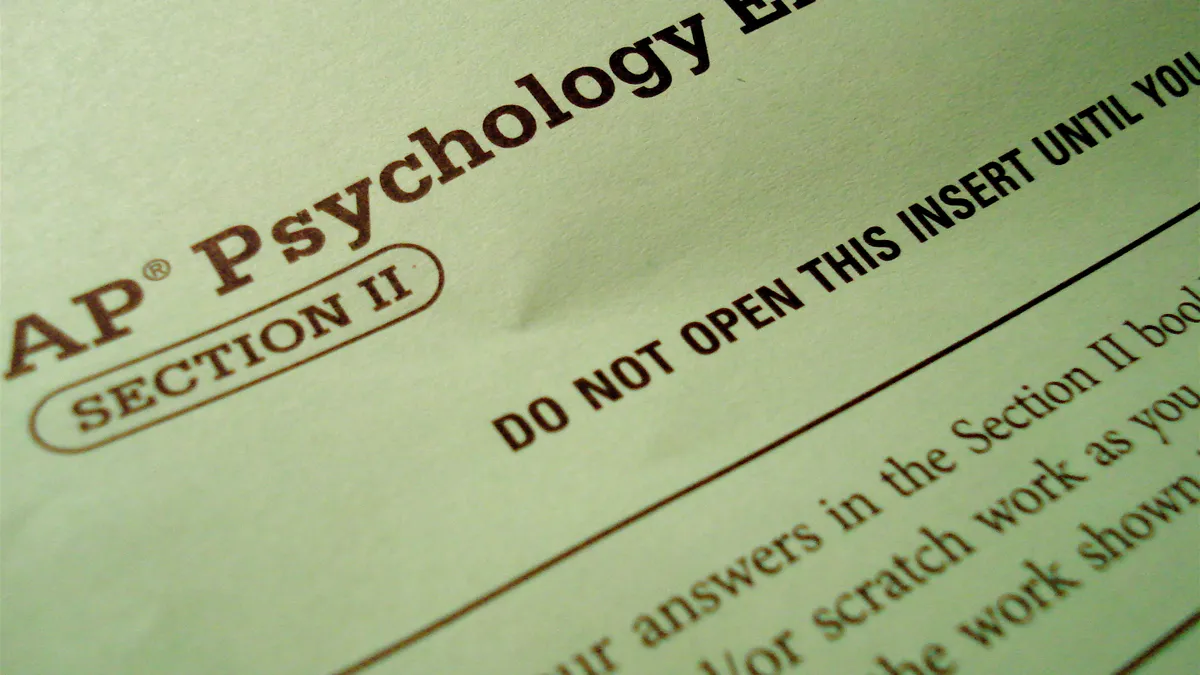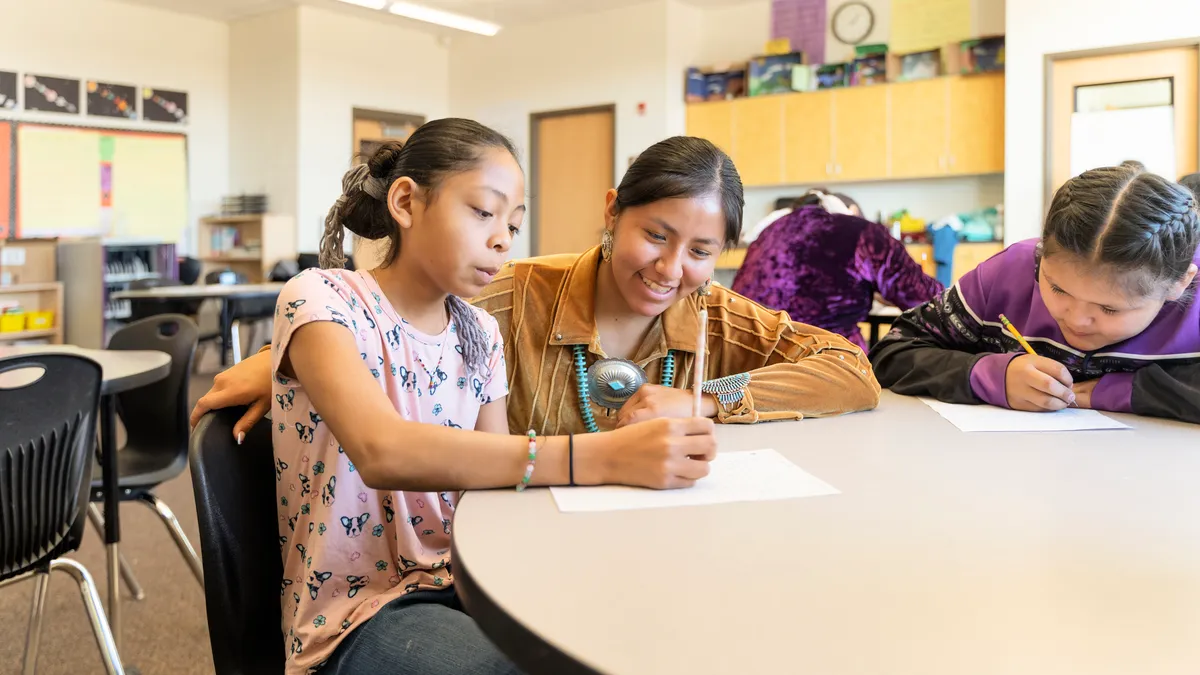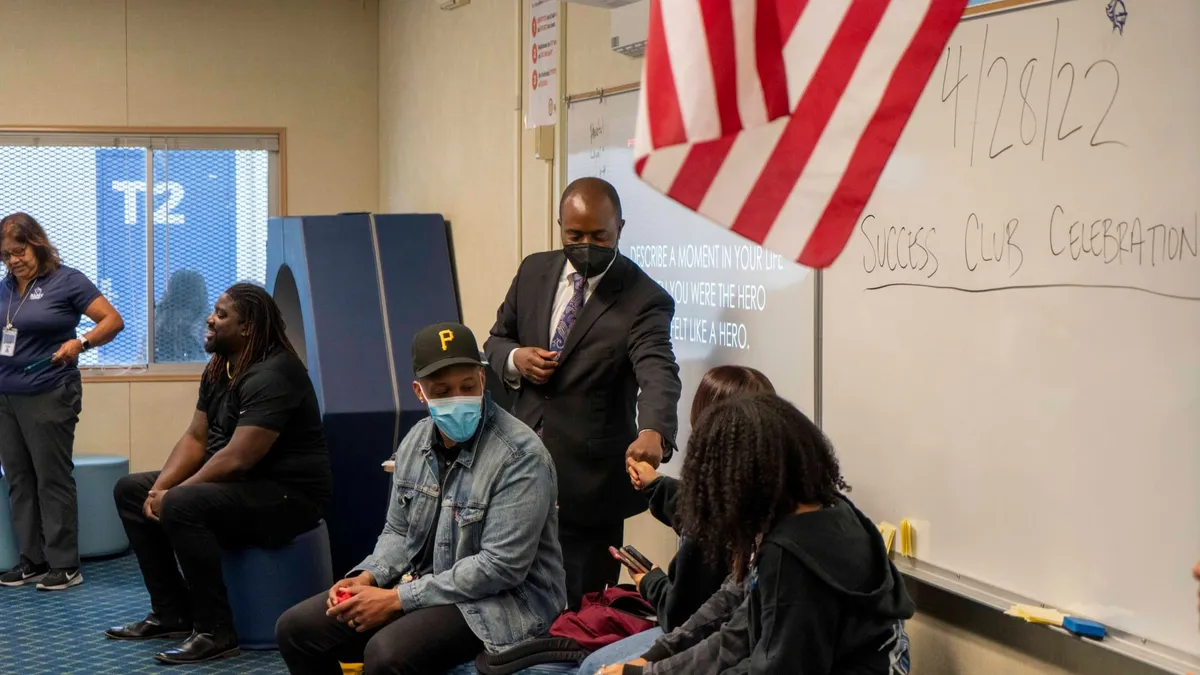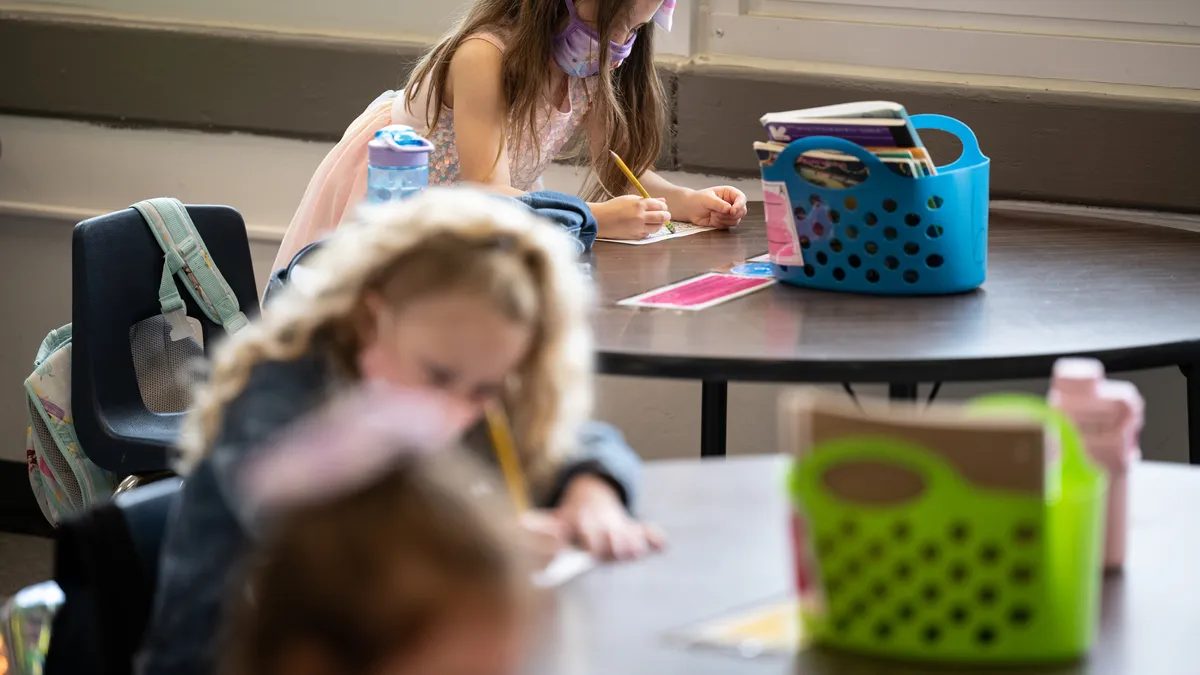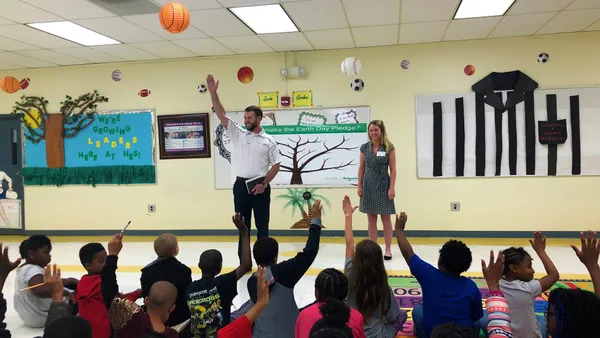One assessment uses puzzles to measure qualities such as persistence and challenge-seeking. An online calendar system tests students’ organizational and time-management skills. And a third program examines the perspectives high school students take after watching a series of videos.
Those are just a few of the assessments used to measure social-emotional learning (SEL) among students that were submitted as part of a design challenge held by the Collaborative for Academic, Social and Emotional Leaning (CASEL).
CASEL’s Assessment Work Group launched the challenge this year to move beyond the ways that behavior and attitudes are typically measured — through teacher, student and sometimes parent reports. Direct assessments of social-emotional competencies measure actual student performance and involve strategies, such as simulations, game-based applications and performance tasks.
For example, Student Assessment Engagement, submitted by the Northwest Evaluation Association, won first place in the challenge. The assessment is intended to quantify how often students answer questions “extremely quickly” on a test, suggesting that they likely didn’t read or think about the item. There is a strong correlation, the designers say, between such response times and skills such as self-regulation and self-management.
“By shining a bright light on some very creative and promising assessment approaches, the design challenge demonstrated that good work is underway,” the work group members, which include assessment experts, university researchers and school district officials, said in a report released Tuesday. “The very existence of these efforts serves as recognition of the need for efficient and practical school-based SEL assessments.”
Over a three-year period, the work group hopes to develop and refine design principles for creating assessments that support instruction as well as positive student development. After this first challenge, the group concluded that most of the assessments developed so far focus on self-regulation and would be difficult to implement on a large-scale basis. More work is needed, they say, to create direct assessments “that reflect a shared and coherent understanding of what SEL is, that assess multiple components of SEL, and that are practically useful for educators.”
With districts focusing more on developing students’ SEL skills for reasons such as preventing bullying, improving students’ mental health and providing a “well-rounded education,” in compliance with the Every Student Succeeds Act, it naturally follows that officials will want to know if those efforts are effective.
Just recently, for example, Panorama Education, the company that submitted the video-based Social Detective assessment on perspective-taking, announced that it is working with the Second Step program, one of the most widely used violence prevention programs in the country.
Parents asking for SEL data
“If it’s important enough to do it, it’s important enough to measure it,” says Paige Kowalski, the executive vice president of the Data Quality Campaign. She adds that recent surveys show that parents highly value information on their children’s social-emotional development and want to know, for example, if their child gets along with other students or shows empathy if another student gets hurt or upset.
This year’s PDK Poll of the Public’s Attitudes Toward the Public Schools, for example, shows that 82% of respondents believe that it is extremely or very important for schools to teach interpersonal skills, such as cooperation, respect toward others and persistence in solving problems.
Also, in August, Learning Heroes, a nonprofit organization that provides resources to help parents support their children’s education, released survey results suggesting that parents, especially at the elementary level, say they are more concerned about their child’s emotional well-being and fears of peer pressure than they are their academic progress. When the organization conducted the survey last year, 48% of the parents responding said those nonacademic issues were their biggest concerns; this year it was 58%.
Kowalski, however, says that while the kinds of data being collected by the companies and researchers that entered the design challenge might be useful on a report card for parents, it’s premature to consider how SEL assessment data might be used in state accountability system.
“There’s no state in the country that is prepared to do that,” she says. “The measures are too new.”
Jeremy Taylor, CASEL’s director of assessment and continuous improvement, added that the organization is not encouraging state or district leaders to add SEL measures to accountability systems, but said the organization would be “happy to see more states or districts using school climate measures as part of accountability.”
From a state perspective, James Vetter, the executive director of the Social-Emotional Learning Alliance for Massachusetts, says the educators, healthcare providers, nonprofit leaders and others who are part of the advocacy organization are excited “about expanding the kind of narrow definition of student success to include social emotional competencies.” But he added that as with assessment in general, measures of SEL skills should not be used in isolation, but that multiple measures should be used in “thoughtful and comprehensive ways.”
Taylor added that the work group hopes “that the measures will be used primarily to inform instruction of students’ social and emotional competencies and to assess the effectiveness of programs in fostering these same competencies.”
More design work ahead
Based on the first challenge, the work group has issued updated guidelines for developing future SEL measures. For example, the assessments shouldn’t take longer than 30 minutes, they should be completed in the classroom, and teachers should be able to administer them with little or no training. In future challenges, the work group members said they would also like to see designs submitted by practitioners.
“Ultimately,” they write, “we believe that breakthrough systems of assessing social-emotional competence will require sufficient resources and collaborative contributions from the best minds in SEL and assessment development.”







 Dive Awards
Dive Awards
